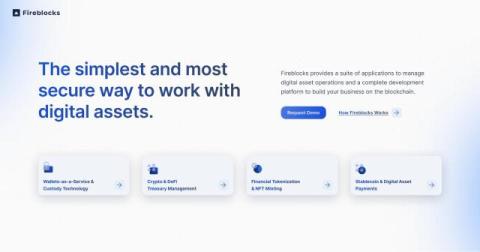Introducing: AI Data Transformation
Ready to unlock peak efficiency? Introducing AI Data Transformation Torq's AI Data Transformation provides the testability, flexibility, and control required to manage enterprise-level workflows without writing a single line of code.










